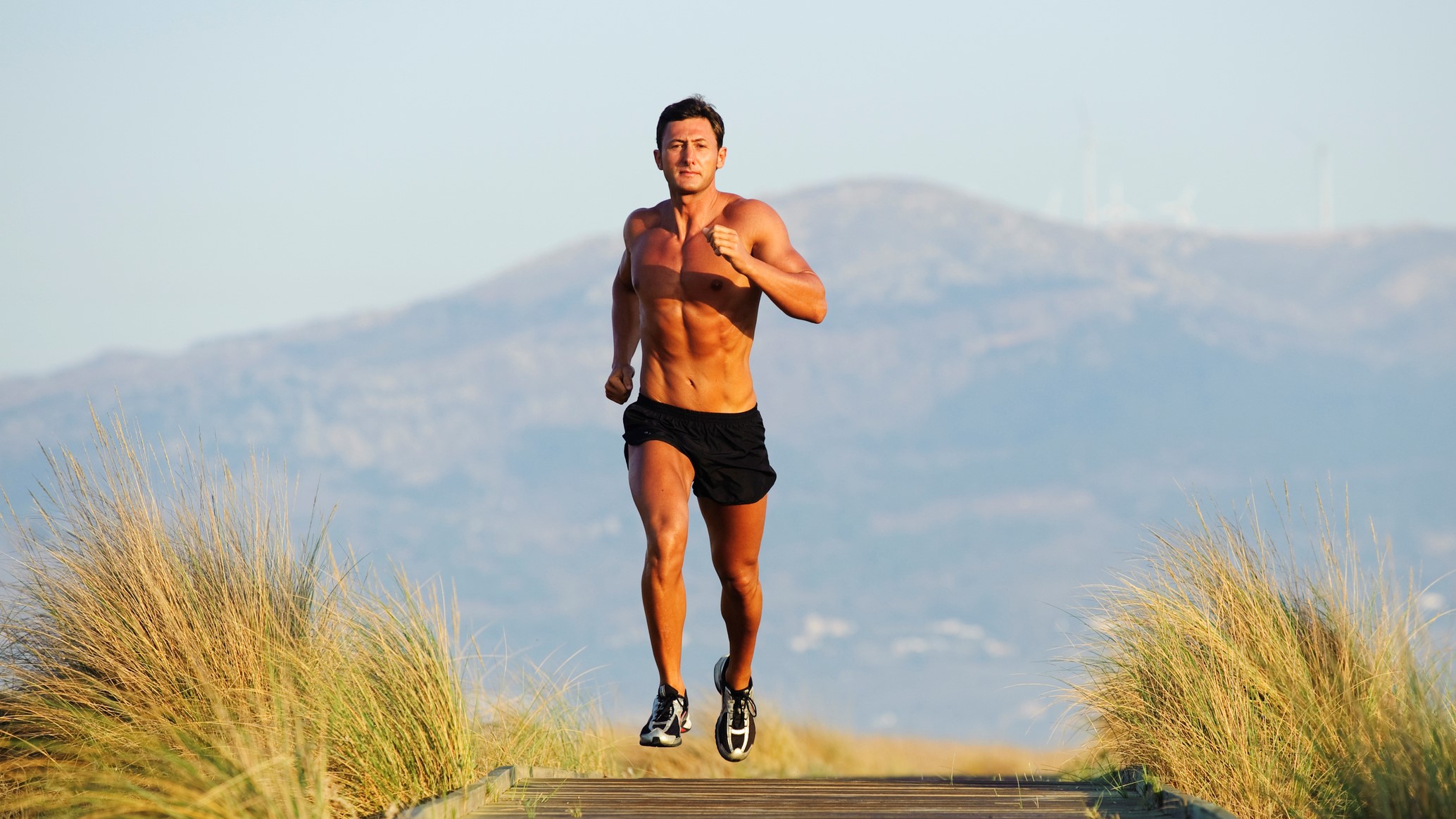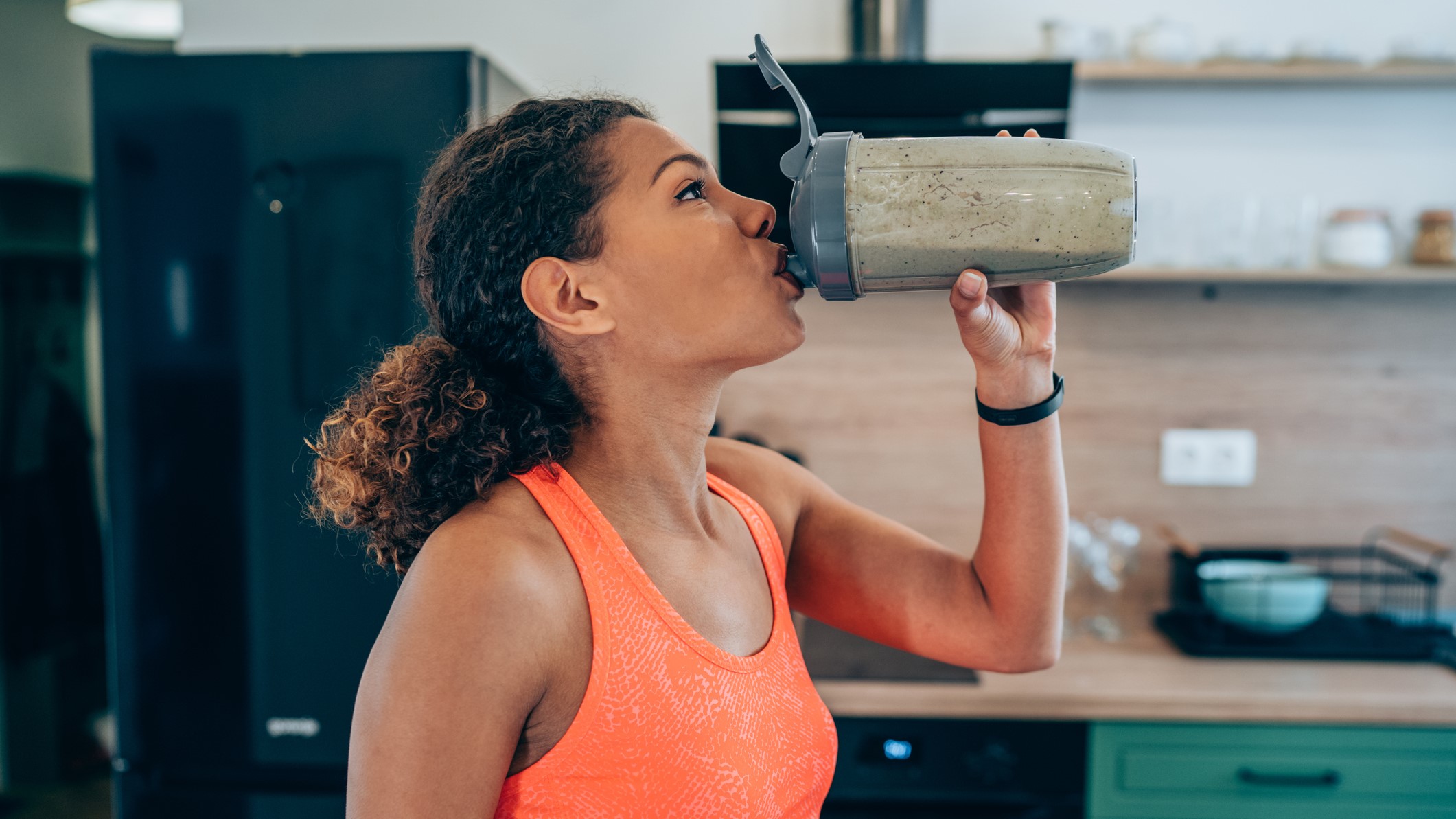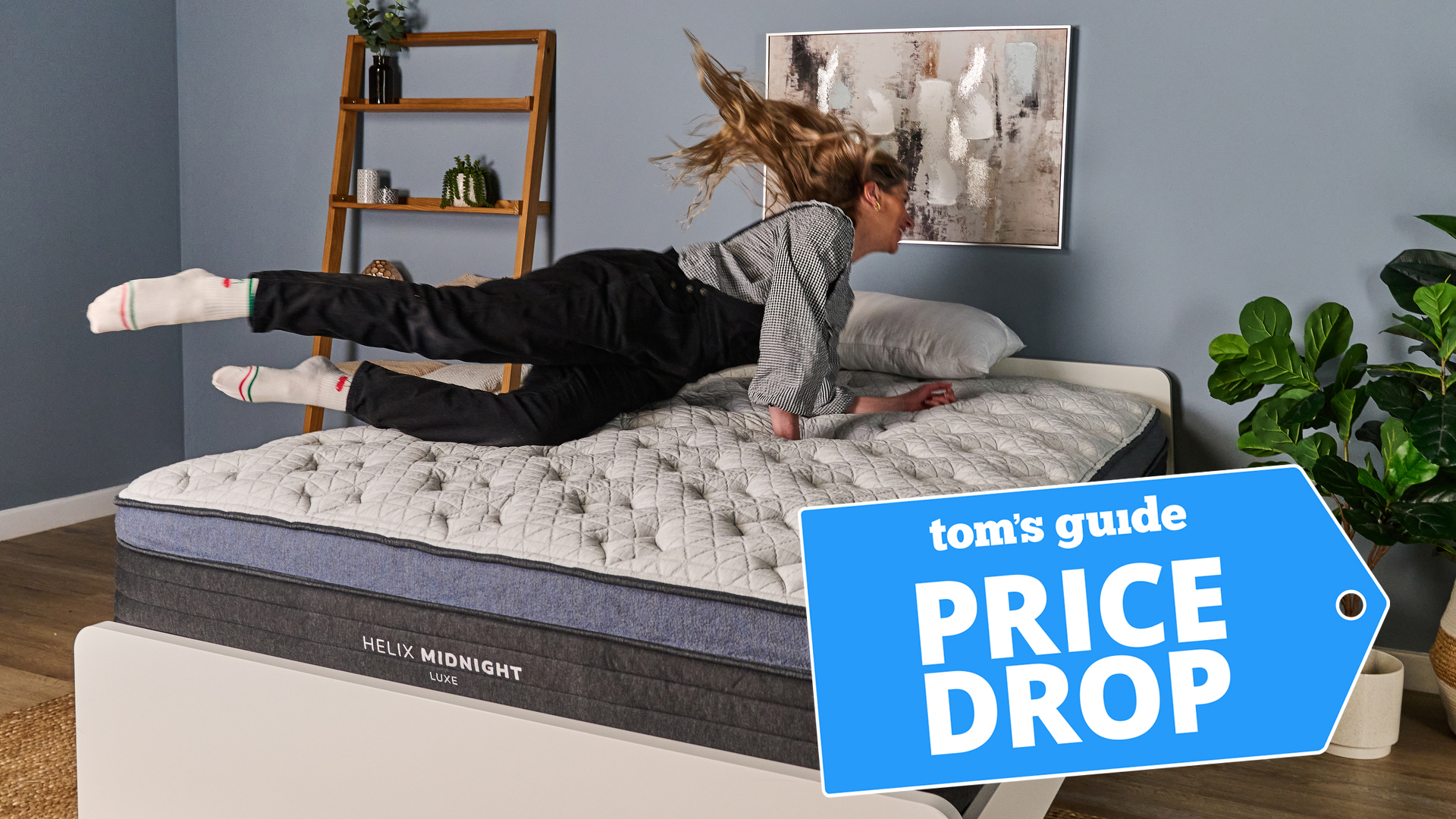Can running give you abs?
Here's what you need to know about running and building a solid core.

Running has an endless number of benefits — it can strengthen your leg muscles, increase your bone density, help you lose weight, reduce symptoms of depression and improve your mental health, but what about giving you abs? If building a rock-solid core is your goal, will spending hours on the treadmill help you achieve it?
While visible abs might be an aesthetic goal, there are a number of positive benefits to having a strong core. These include a better posture, better balance and stability, and the ability to run faster and lift heavier weights. There are two types of abdominal muscles — the superficial muscles of the abdominal wall which are the visible muscles, and the deep abdominal muscles, responsible for keeping your body balanced and protecting your spine.
But what part does running have to play when it comes to strengthening the core? We take a look below.
Can running help you build abs?
Firstly, it’s important to distinguish what ‘gives’ you visible abs — even if you have a strong core, how visible your abs are is determined by your overall body fat percentage. By this, we mean the layer of visceral fat that sits over the abdominals — (if defined muscles are your goal, here’s all you need to know about how to calculate your body fat percentage.) Studies consistently show running to be beneficial when it comes to reducing body fat, meaning regular running can help you reduce your body fat percentage, in turn, making your abs more visible.
What’s more, other studies have also shown certain types of running can also help strengthen the abdominal muscles. When running at a harder effort, you’re forced to engage your core to keep your trunk steady as your arms and legs move. This core engagement can help strengthen the muscles in the abdominals.

What are the best running sessions to get abs?
If building abs is your goal, get ready to run fast. A number of different studies have shown that speed intervals are the most effective when it comes to targeting visceral fat. Whether you do these intervals on the treadmill or sidewalk is up to you, but adding regular speed, fartlek, or tempo sessions to your routine if you’re running for fat loss.
Not sure where to start, we’ve found the best treadmill workouts for every level of runner here. Here are a couple of speed sessions to get you started:
Get instant access to breaking news, the hottest reviews, great deals and helpful tips.
Workout 1:
5 minutes: walk or jog to warm up
1 minute: fast pace run, should feel like a seven out of 10 effort
1 minute: recover at an easy pace
Repeat the steps above 10 times
5 minutes: walk or jog to cool down
Workout 2:
1 mile: Warm-up at an easy pace, 3/10 effort
3 miles: Run at a tempo effort — this should be a 7 or 8/10 effort, it should be difficult to hold a conversation at this pace, but you shouldn’t be running flat out. It’s not a sprint.
1 mile: Cooldown

What else can runners do?
There’s a lot of truth behind the old saying that abs are made in the kitchen. If visible abs are your goal, it’s important to ensure you’re eating a balanced diet of protein, carbohydrates, and healthy fats. Don’t be tempted to cut our carbohydrates completely — runners need carbohydrates as they are the body’s preferred source of energy. As always, before making any changes to your diet, it’s worth talking to your doctor or a registered dietician.
Strength training also has an important role to play when it comes to building abdominal strength. Exercises like squats, deadlifts, or lunges with free weights (we’ve found the best adjustable dumbbells for weightlifting at home), all force you to engage your core to stabilize your body. What’s more, they’ll also strengthen your leg muscles which is a benefit if you’re hoping to get faster.
Getting started in running? Take a look at the best running shoes on the market here, the best sports bras to wear, and the best running apps to download.

Jane McGuire is Tom's Guide's Fitness editor, which means she looks after everything fitness related - from running gear to yoga mats. An avid runner, Jane has tested and reviewed fitness products for the past five years, so knows what to look for when finding a good running watch or a pair of shorts with pockets big enough for your smartphone. When she's not pounding the pavements, you'll find Jane striding round the Surrey Hills, taking far too many photos of her puppy.
